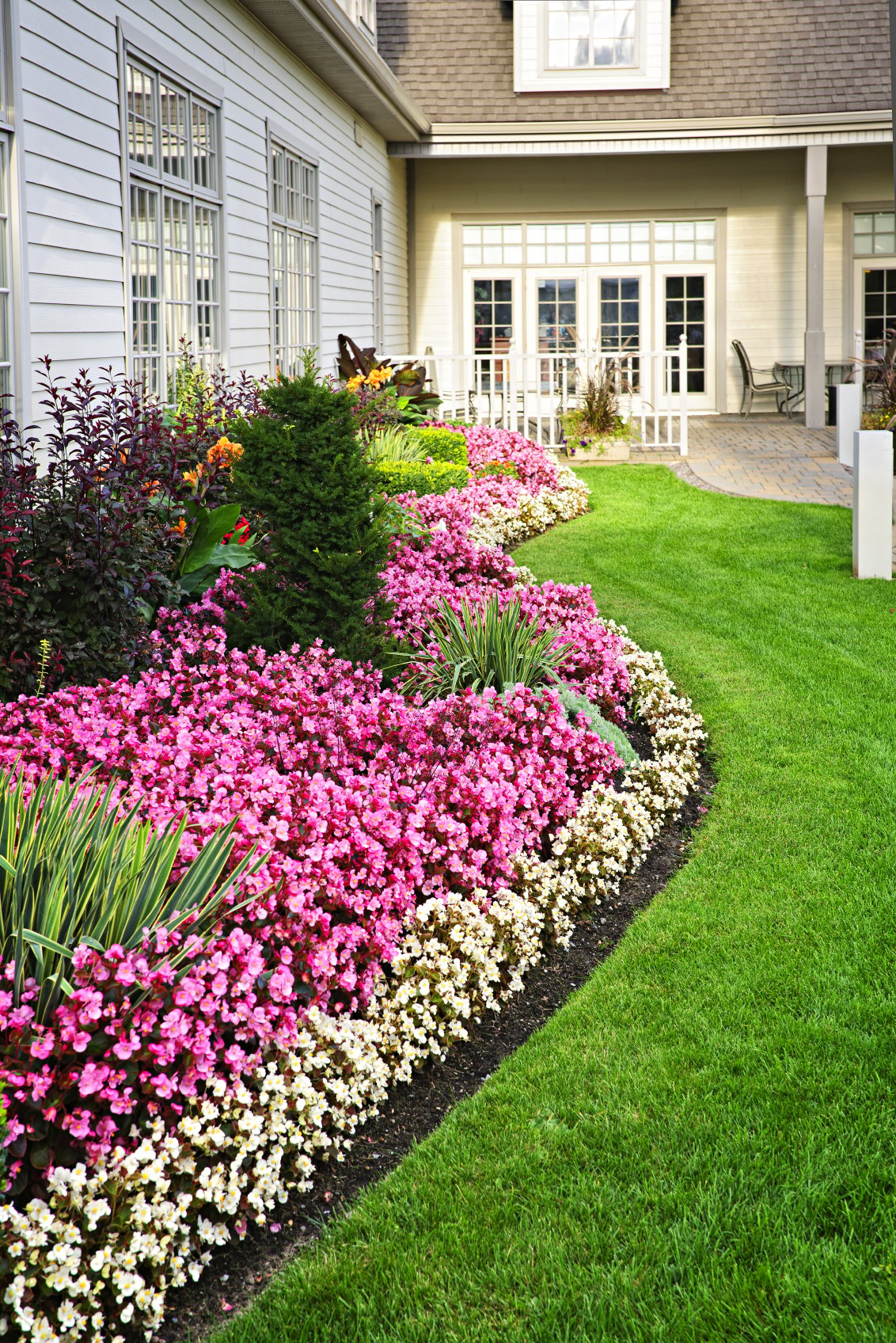Exterior Spaces: Creating Functional and Aesthetic Spaces

Building a beautiful outdoor space is beyond sowing a couple of plants and laying down some grass. It necessitates considerate preparation and architectural planning to ensure that your outdoor space or front garden is both functional and visually appealing. Whether you have a sprawling garden or a compact yard, landscape design presents endless possibilities to transform your outdoor areas into inviting retreats that showcase your personal style and meet your family's needs.

In this piece, we will examine a range of landscape design ideas and methods that can improve your outdoor living environments. From basic landscaping tips that can make a huge impact to advice on combining hardscaping features, we will guide you through the critical aspects of creating a stunning backyard. Whether you are a newcomer looking for direction or someone interested in the upcoming trends for 2025, our attention on practical and creative solutions will help you build the outdoor sanctuary you desire.
Top Garden Design Ideas
Changing your outdoor area starts with innovative landscape design ideas that can enhance both usability and visual appeal. landscape designer Fort Myers is the incorporation of multiple layers in planting. This method includes using a mix of high, medium, and ground-cover plants to produce visual interest and depth. An additional idea is to apply paths and walkways that guide visitors through your garden. Think about using organic materials like rocks or wood to create a cozy charm, or choose for modern, up-to-date pavers for a contemporary look.
Aquatic features are another enticing element to think about in your garden planning. Incorporating elements such as waterfalls, ponds, or even small streams can introduce a sense of calmness and attract nature, enhancing the beauty of your external space. These elements can also serve as focal points, drawing the attention and establishing a peaceful atmosphere where one can relax and decompress. Combining aquatic elements with adjacent plants can additionally enhance the attractiveness, creating a balanced mix of the natural world.
Lastly, think about how illumination can improve your landscape planning. Carefully placed lights can showcase important features such as plants, shrubs, or hardscaping elements, creating stunning effects after dark. Consider using solar-powered options for low maintenance and sustainability, or install LED lights to cut on energy expenses. Considerate lighting not only enhances security but also transforms your outdoor area into an charming venue for night get-togethers and relaxation.
Effective Garden Design Tips
When designing your garden design, begin with a clear vision of how you want your outdoor space to function and look. Reflect on the organic flow of traffic through your area and how you'll use it, whether for hosting, rest, gardening, or play. A carefully planned layout with defined areas for different activities can cultivate a balanced balance between aesthetics and practicality.
Selecting the right plants is essential for securing a flourishing landscape. Opt for plants that are ideal to your climate and soil type, and incorporate a mix of heights, hues, and textures to cultivate aesthetic appeal. Additionally, clustering plants with similar watering and sunlight needs can lead to a more sustainable landscape. Don't forget to include some native plants, as they typically need less care and offer benefits to local wildlife.
In conclusion, reflect on the significance of hardscaping elements like walkways, terraces, and outdoor structures. These elements can enhance the utility of your outdoor space and introduce depth to your overall plan. Be imaginative about materials and designs; for example, bending paths can give a little garden feel more expansive, while a well-placed arbor can provide cover and visual interest. Combining hardscaping with thick greenery will create a inviting and appealing external environment.
Selecting the Right Garden Design
Selecting the perfect garden style for your outdoor space is vital in crafting an environment that blends with your home and represents your individual style. Begin by thinking about the design aesthetic of your house. A modern home may enjoy clean lines and minimalistic features, while a classic home can be accentuated with classic elements like formal gardens and cozy pathways. Assessing these elements helps establish a foundation for the overall aesthetic and ensures a harmonious look.
Next, think about your lifestyle needs and how you plan to utilize the area. If you love throwing events, an event-oriented landscape with outdoor seating and illumination might be ideal. Conversely, if relaxation is a focus, think about adding features like zen gardens or calming water features. Prioritize functionality alongside aesthetics to create a landscape that meets your lifestyle needs while remaining visually appealing.
Lastly, trends in landscape design can guide your choices, but do not feel compelled to follow them without thought. Incorporating native plants, sustainable practices, and sustainable materials are becoming trendy for their positive ecological impact. As you consider various styles, reflect on how color, tactile quality, and form interact within the environment, ensuring that your landscape design is not only beautiful but also a reflection of your unique personality and values.
